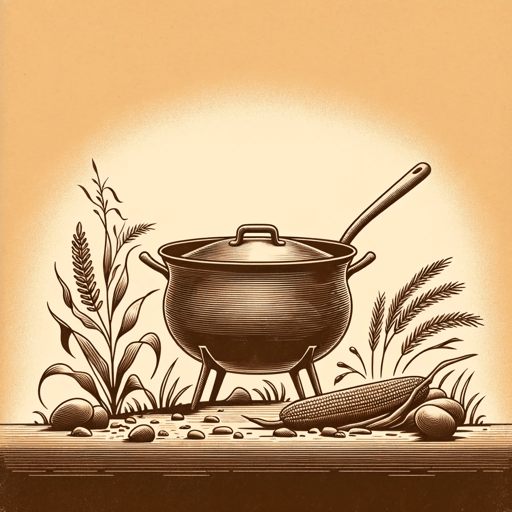42 pages • 1 hour read
Michael W. TwittyThe Cooking Gene: A Journey Through African American Culinary History in the Old South
Nonfiction | Autobiography / Memoir | Adult | Published in 2017A modern alternative to SparkNotes and CliffsNotes, SuperSummary offers high-quality Study Guides with detailed chapter summaries and analysis of major themes, characters, and more.
Chapters 16-19Chapter Summaries & Analyses
Chapter 16 Summary: “All Creatures of Our G-D and King”
Twitty travels to Southern aquariums to better understand the fish his ancestors would have eaten. He is frustrated with his own lack of knowledge in the area, having never spent time fishing as a child. Twitty also meets a farmer who raises heritage breeds of pigs, geese, ducks, hogs, and other animals, using the same methods that early Southerners used to care for livestock. Twitty argues that African Americans have been severed from the connection to animals that they had in their homelands. Africans were skilled farmers who cared for guinea fowl, sheep, guinea hogs, and many other animals. Their complicated folklore about animals was carried over into Black Southern culture.
The hog, a central protein in the Southern diet, was a focus of celebrations at hog-killing time. The parts of the hog that white people did not want were given to enslaved workers. American hogs were fatter due to their diets, and pork consumption skyrocketed. While Italian butchers produced prosciutto, Southern cooks developed the country ham. The spices used in the slow cooking process were an influence from African palates. The Southern barbecue has a deep connection to Black enslaved people, whose pepper sauces, made from African recipes, were used to flavor meat.

